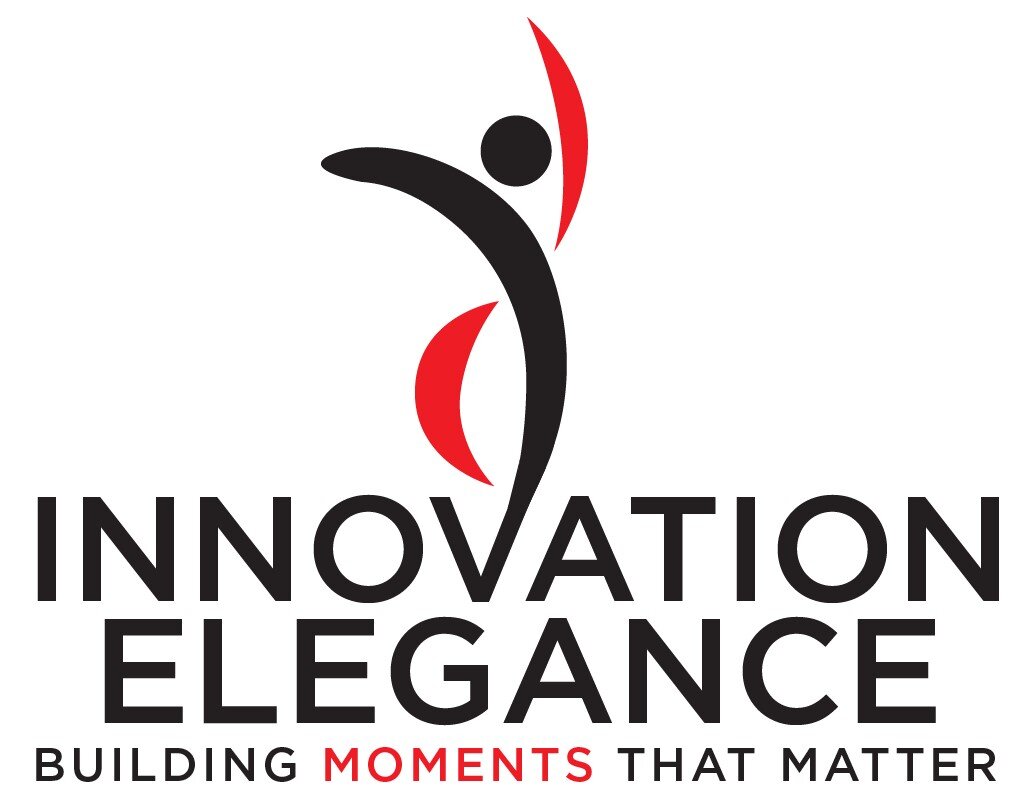Pattern In The Problems
Innovation is difficult. This difficulty results in project failure rates of 50-70%. The range of reasons for difficulty is not infinite. The range is manageable. The range has patterns. In innovation, there is a pattern in the problems.
This post explains the pattern in the problems. You should care about the patterns because if you proactively manage them, you reduce the difficulty, and your success rate will skyrocket. This post orders these problems by urgency. The first place to put these patterns to use is in a Lessons Learned exercise.
Safety and inclusivity
Every member of your innovation team must feel safe – physically and psychologically safe. If someone feels unsafe, they are not doing their best work – not even close. If someone feels excluded, you risk disengagement, alienation, and in the most extreme case, sabotage.
Transparency
For ethics and for ease, your work must have transparency. Your team cannot hide information from auditors, from management, and from each other. This means that things must be documented and managed via the Five Verbs.
Simple and Straightforward
Your work must be simple and straightforward. If the work is more complex or complicated than stakeholders can justify in their own minds, the work loses focus and credibility. Simple and straightforward builds confidence for every team member to succeed doing their part.
Accountability
Your team must have a sense of accountability. Everyone must know their lane, fill their lane, and stay in their lane. Some people in power would like authority without accountability. That’s a raw deal for team members. Operationally, have process flows and assignments for each step in your process. In innovation work, have a project plan and assignments for each of the Five Verbs.
Alignment
Your team must have alignment. Temporary disagreement is OK. Demonization due to conflicting agendas is not OK. Task conflict is good. Personality conflict is not good. You can’t give everyone their way, but you can give everyone their say. No need for consensus or groupthink. Use a tiebreaker and the Five Verbs to enforce collaboration and alignment.
Momentum
Your team needs momentum. It’s not critical to always be at top speed, but it’s critical to minimize delays at bottlenecks. Your team needs to continually monitor its speed and progress at a sustainable speed.
Morale
As a Change Leader, you don’t own an employee’s attitude, you don’t control engagement, but you must own team morale. Poor morale undermines teamwork, and positive morale boosts performance in numerous ways.
Sustainability
Yes, you are in a hyper-competitive world. Everyone is working hard. People might not know their limits. If you’re not careful, burnout happens. Pacing your team is important. Your team needs sustainability.
Scalability
Don’t build something for 1 employee. Built it for 100. Don’t build something for 1 customer. Build it for 100. If you reinvent the wheel for anything, you really limit yourself. You can standardize more than you think. This is scalability.
Stylishness
Every project doesn’t have to be a moon landing, the next social media darling, or saving the honeybee population, but your employees need to have some pride, glamour, or a sense of shared purpose. Stylishness keeps your team engaged, focused, and glad to be there.
Learning
Learning never stops. The rest of the world is learning, so your team wants to feel like they’re learning, too. Good employees want to go where they are going to learn.
Emphasis
If you emphasize data and technology over customers and employees, you’ll lose the latter. Emphasize the customer journey and the employee experience.
Balance
Passion is great until you neglect food, fitness, family, and sleep. Encourage your team members to maintain whatever qualifies as balance for them.
This has been a long list! It’s rigorous! But it’s manageable. Nothing about these is surprising or mysterious. When innovation has problems, these are the patterns. Proactively manage these, and your success rate will skyrocket. The right next step is a monthly Lessons Learned exercise.




